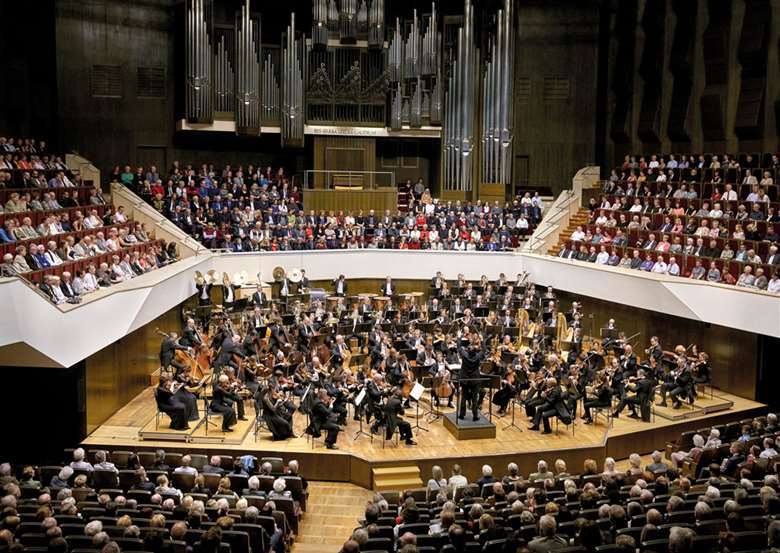Orchestra insight: Leipzig Gewandhaus Orchestra
Andrew Mellor
Tuesday, September 4, 2018
One of the world's great orchestras, profiled by Andrew Mellor

Many orchestras are the living embodiment of a tradition. The Leipzig Gewandhaus Orchestra goes a few steps further. It is an embodiment of social, political and educational practices and provides one of the most fascinating examples of an evolving sound tradition any music historian could hope to hear. It is the only orchestra in the world whose musicians play weekly in a concert hall, an opera house and a church.
But its home since 1781 has always been the Gewandhaus (‘Garment House’), albeit in three incarnations, the first of which gave birth to the nominal tradition itself. Had a series of musical meetings that convened in one part of a three-winged building taken place in its weaponry rather than its textile hall, we might now be discussing the Leipzig Arsenal Orchestra.
Pride in an institution incubated by middle-class enthusiasts kept the name in place and ensured that Mozart, Grieg, Berlioz, Tchaikovsky, Wagner and Strauss all worked with the orchestra it spawned while the likes of Nikisch, Furtwängler and Walter sculpted it. Mendelssohn used the conservatory he founded as a feeder, an arrangement that still underpins the orchestra’s thoroughbred identity. In Mendelssohn’s day, concertmaster Ferdinand David would be on a podium adjacent to the conductor, the violins and violas on their feet behind him. Strong, unified string playing became part of the orchestra’s sonic signature.
The orchestra introduced countless masterpieces of early Romanticism to the world. But a tendency to worship ashes rather than tend the flame set in during the GDR days. Kurt Masur forced the opening of the third Gewandhaus in 1981, a beautiful essay in socialist modernism, and worked hard to restore the orchestra’s reputation after the fall of communism.
Herbert Blomstedt, Gewandhauskapellmeister from 1998 to 2005 (and its guardian from 2016 to 2018), recently told Gramophone that the orchestra has ‘never been better’. Good timing, as the Gewandhaus has emerged as a recording force only in recent decades. Despite new aspirations, the hallmarks remain: unanimous strings; clean, open winds; brass imbued with the soft fizz of the Eastern bloc; and an overall density of sound that Blomstedt’s successor Riccardo Chailly described as an ‘incredible wave’.
Chailly’s 2013 Brahms recordings reveal how good the orchestra became under his watch; his Gershwin underlines its versatility and his Bach its ancestry. Blomstedt’s recent Bruckner cycle offers a direct line to the ensemble’s gravitational weight and cultural roots. A new cycle of the same works from current boss Andris Nelsons will doubtless show more besides.
Listen to our special playlist on Qobuz
This article originally appeared in the August 2018 issue of Gramophone. To find out more about subscribing to the world's greatest classical music magazine, please visit: gramophone.co.uk/subscribe
Andris Nelsons will make his UK debut as Kapellmeister of the Gewandhausorchester at the Royal Festival Hall on October 8 & 9, 2018. For more information: southbankcentre.co.uk
Facts
Founded
1743
Home
Leipzig, Germany
Music Director
Andris Nelsons (2018-)
Past Music Directors (selected)
Felix Mendelssohn (1835-47), Niels Gade (1844-48), Carl Reinecke (1860-95), Artur Nikisch (1895-1922), Wilhelm Furtwängler (1922-28), Bruno Walter (1929-33), Kurt Masur (1970-96), Herbert Blomstedt (1998-2005), Riccardo Chailly (2005-16)







